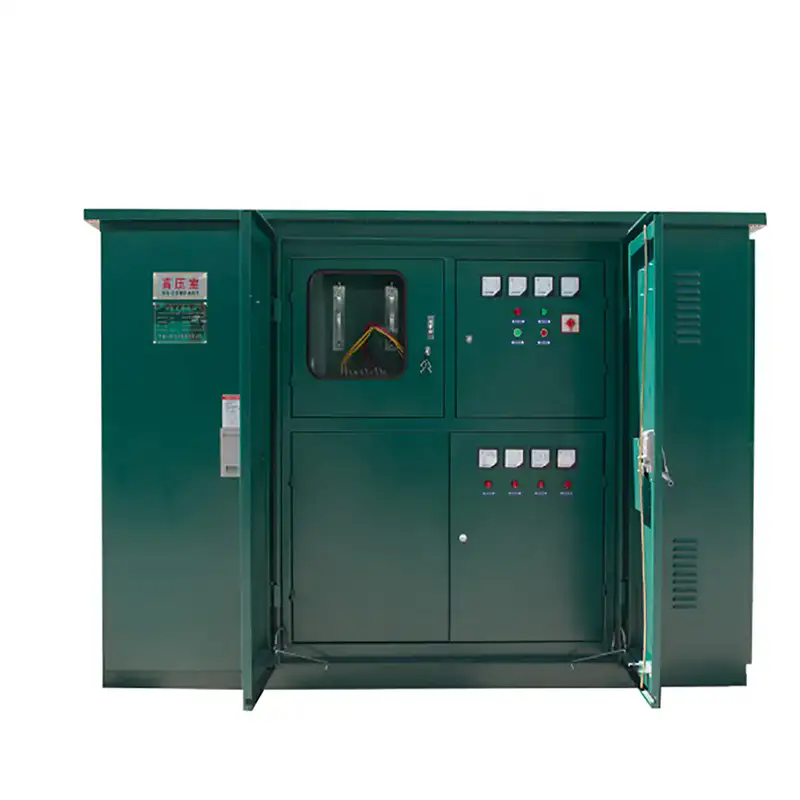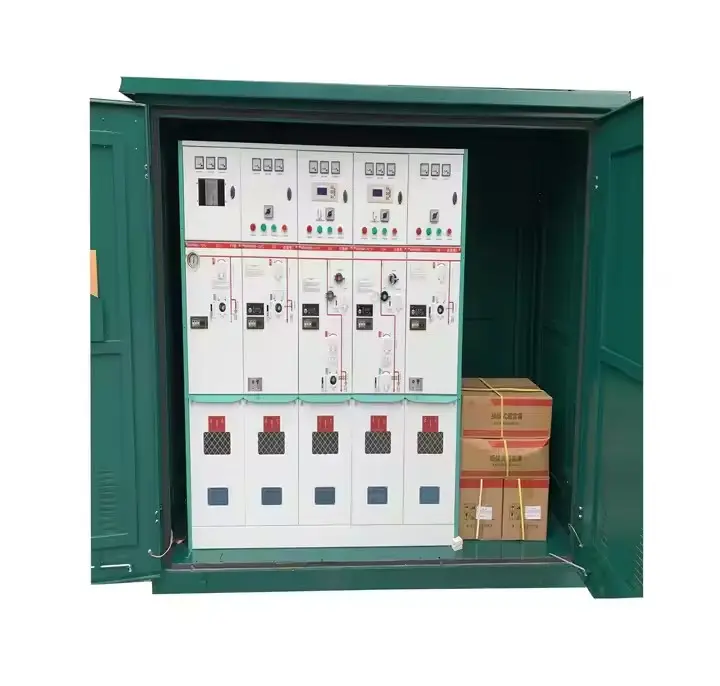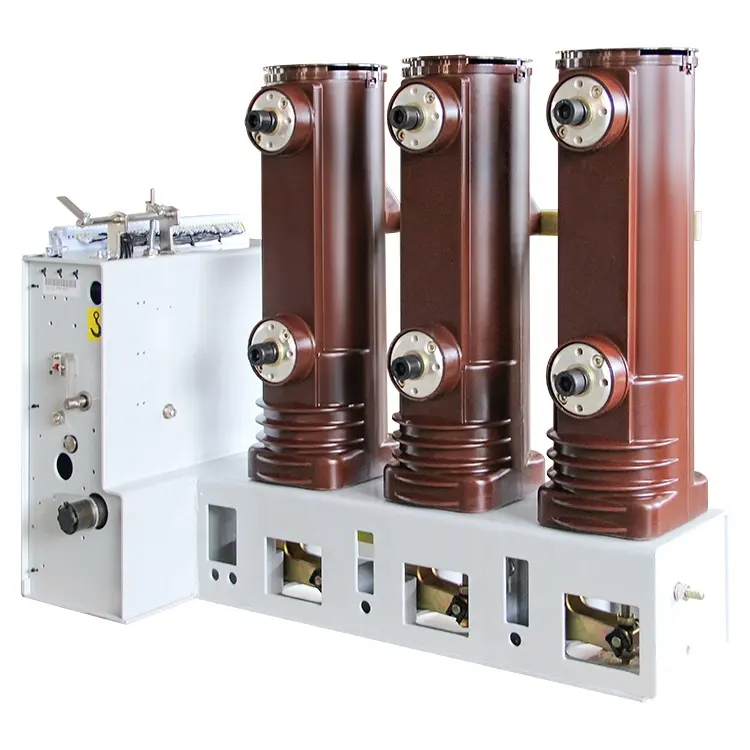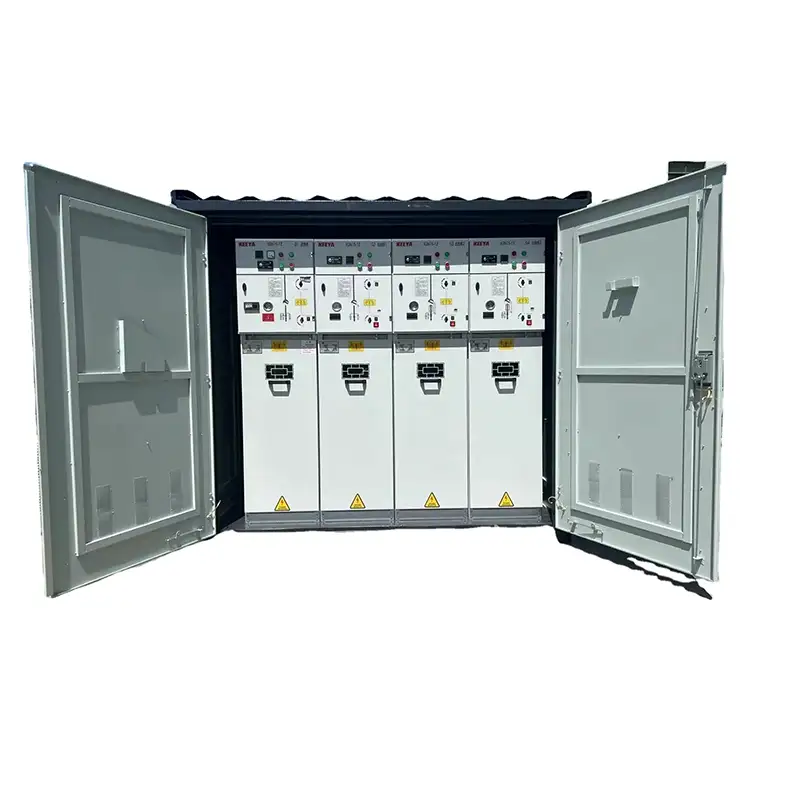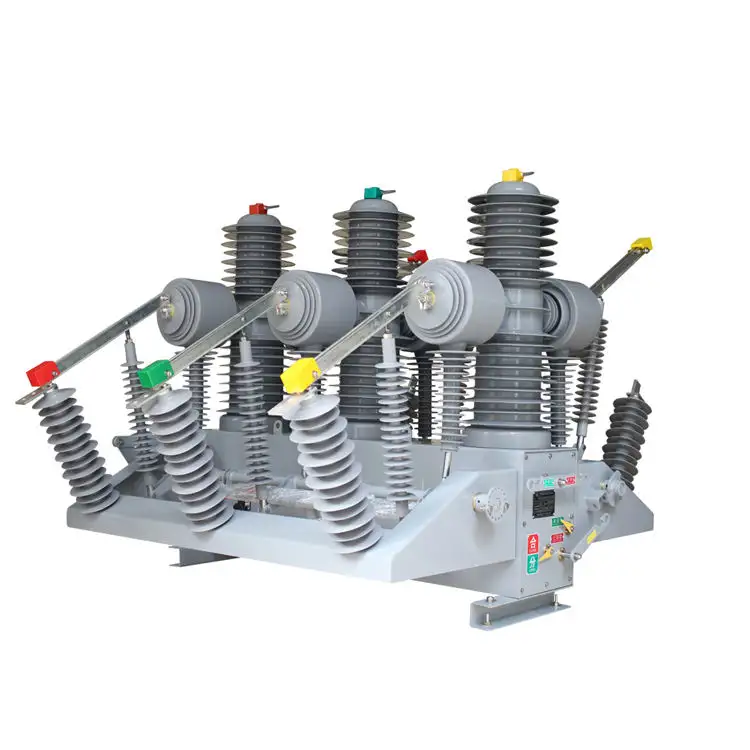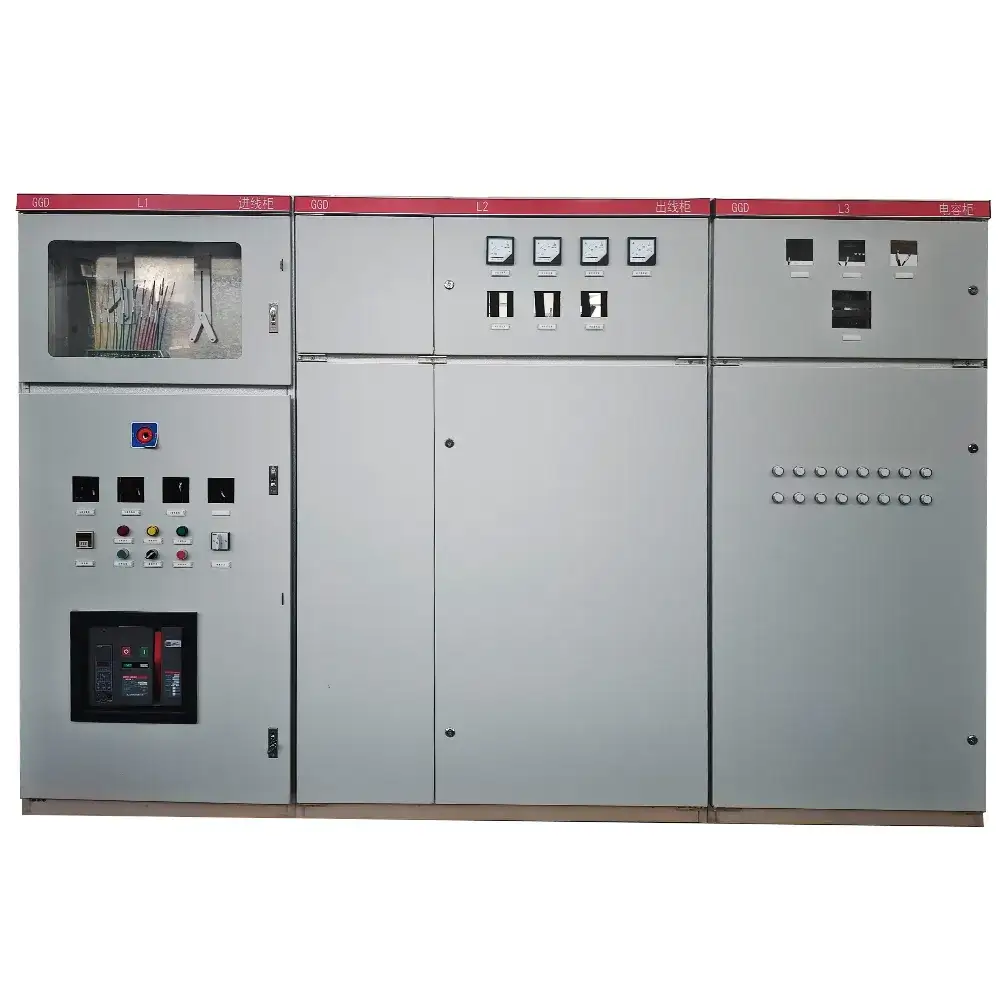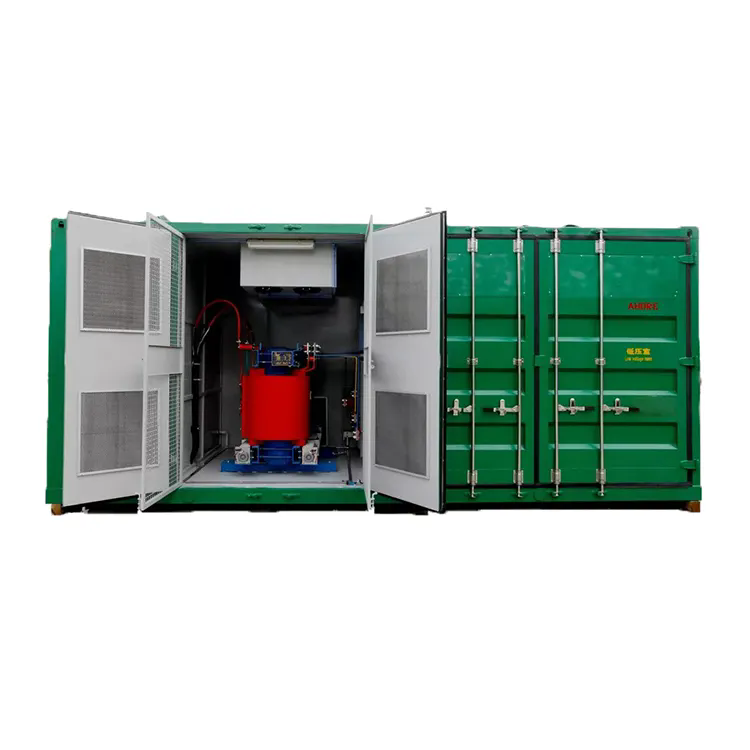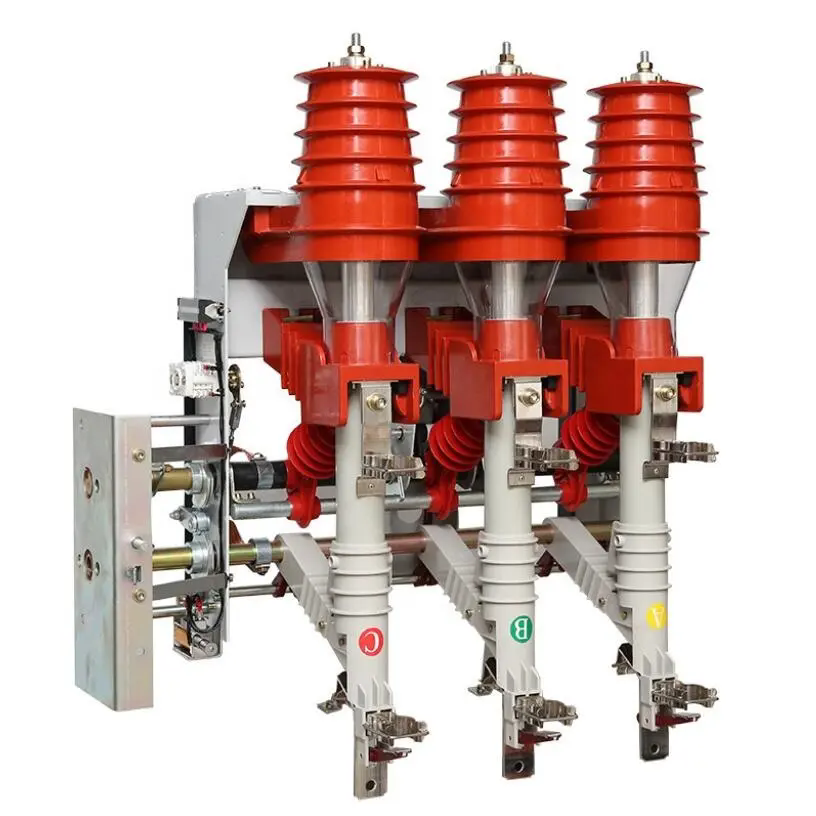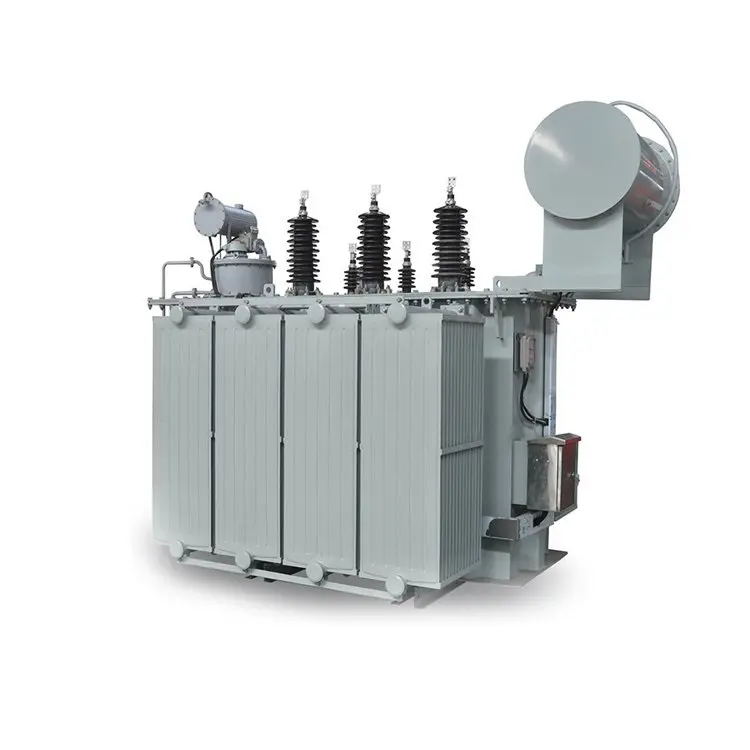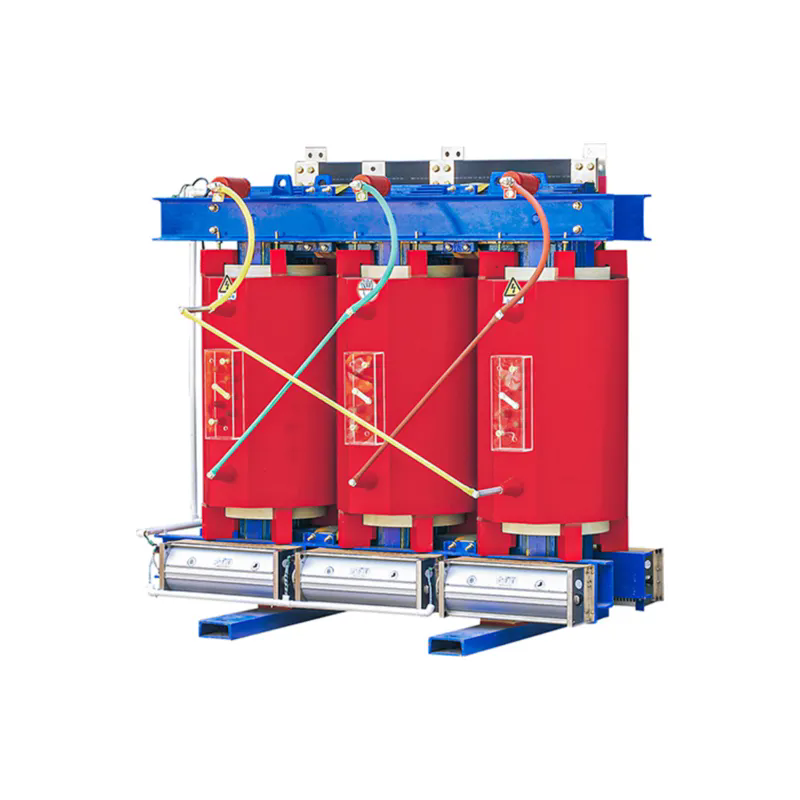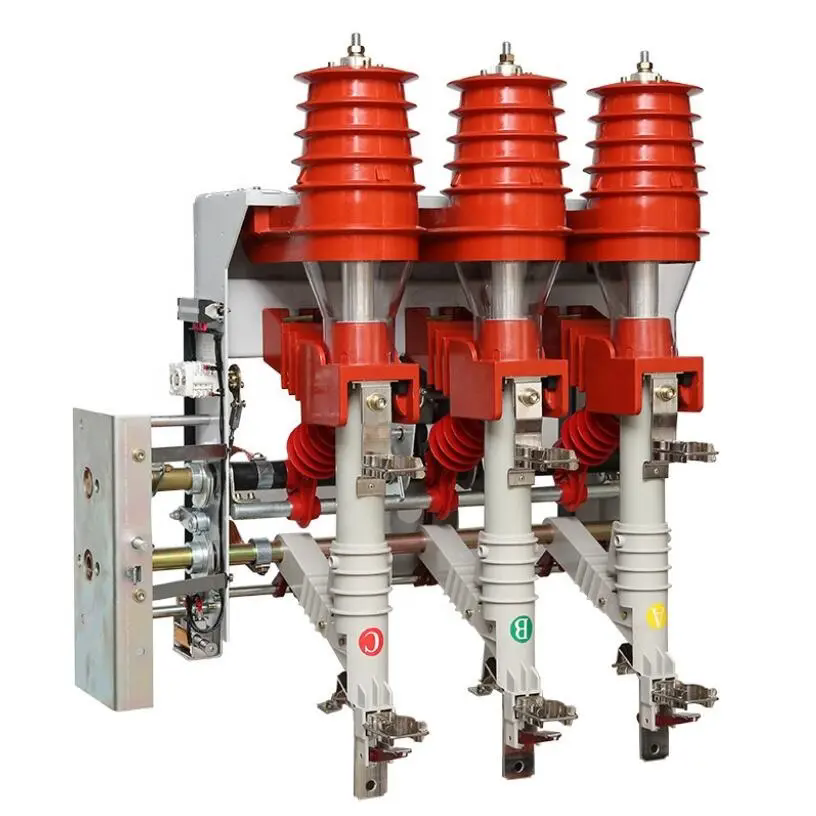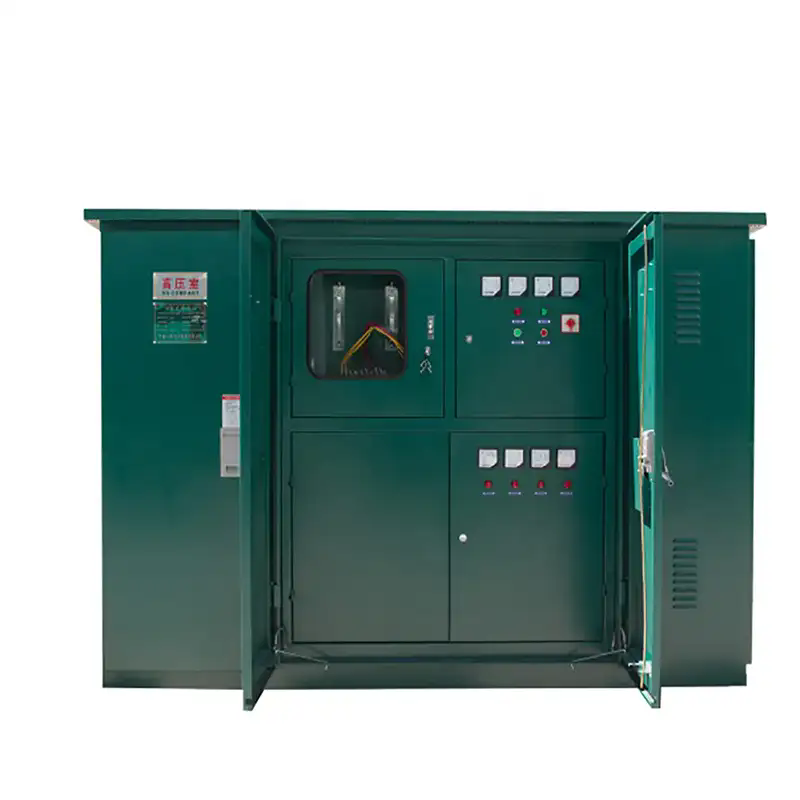Why Are Modern Electrical Substations Critical for Reliable Power Distribution?
In the complex network that delivers electricity from power plants to homes, businesses, and industries, electrical substations serve as the vital hubs that ensure power flows efficiently, safely, and reliably. These facilities transform voltage levels, manage electrical loads, and protect the grid from disruptions, making them indispensable to modern energy infrastructure. As global demand for electricity grows—driven by urbanization, industrialization, and the rise of renewable energy sources—the role of electrical substations has become more critical than ever. This guide explores why modern electrical substations are essential for reliable power distribution, highlights key features of advanced substation designs, provides detailed specifications of our cutting-edge solutions, and answers common questions to underscore their importance in sustaining daily life and economic activity.
Trending News Headlines: Top Searches on Electrical Substations
- "How Renewable Energy Integration Is Transforming Electrical Substations"
- "Electrical Substation Safety: Latest Standards and Practices"
These headlines highlight the industry’s priorities: adopting smart technologies to improve efficiency, adapting to the growth of solar and wind power, and maintaining strict safety protocols. For utilities, businesses, and communities, understanding these trends is essential to ensuring their power infrastructure remains robust and future-ready.
The Indispensable Role of Modern Electrical Substations
Voltage Transformation for Efficient Transmission and Distribution
Electricity generated at power plants—whether from fossil fuels, nuclear energy, or renewables—is typically produced at low voltages (around 11-33 kV). To transmit this power over long distances with minimal loss, it must be stepped up to high voltages (often 110 kV or higher) using substation transformers. Once the power reaches populated areas, substations step the voltage back down to levels suitable for homes (120-240 V) and industries (480 V or higher). This transformation process is essential: high-voltage transmission reduces energy loss, while low-voltage distribution ensures safe and practical use by consumers. Without substations, efficient long-distance power delivery would be impossible, leading to wasted energy and unreliable supply.
Grid Stability and Load Management
Electrical substations play a key role in maintaining grid stability by balancing power supply and demand. They monitor electrical loads in real time, adjusting voltage levels and rerouting power to prevent overloads or blackouts. For example, during peak usage times—such as hot summer afternoons when air conditioners are widely used—substations can redistribute power from less strained areas to meet increased demand. Modern substations also integrate advanced monitoring systems that detect fluctuations in voltage or frequency, triggering automatic adjustments to keep the grid stable. This stability is critical for sensitive equipment in hospitals, data centers, and manufacturing facilities, where even brief power interruptions can cause significant damage or loss.
Protection Against Electrical Faults
Electrical faults—such as short circuits or equipment failures—pose serious risks to the grid, including fires, damage to infrastructure, and power outages. Substations are equipped with protective devices, such as circuit breakers, fuses, and relays, that quickly isolate faulty sections of the grid. When a fault occurs, these devices interrupt the flow of electricity to the affected area, preventing the problem from spreading to other parts of the network. This rapid response minimizes downtime, protects equipment, and ensures the safety of utility workers and the public. Modern substations use digital relays that can detect faults in milliseconds, reducing the impact of disruptions and speeding up recovery.
Integration of Renewable Energy Sources
As the world shifts to cleaner energy, electrical substations have become crucial for integrating renewable sources like solar and wind into the grid. Unlike traditional power plants, which generate consistent power, renewables are intermittent—their output depends on weather conditions. Substations address this challenge by managing the variable power from renewables, converting it to compatible voltages, and smoothing out fluctuations to maintain grid stability. For example, a substation connected to a wind farm can adjust voltage levels to accommodate sudden changes in wind speed, ensuring the power fed into the grid remains reliable. This integration is key to achieving global sustainability goals, as it allows utilities to maximize the use of clean energy without compromising supply.
Support for Urbanization and Industrial Growth
Rapid urbanization and industrial expansion have led to soaring electricity demand in cities and manufacturing hubs. Modern substations are designed to handle this growth, with modular designs that allow for easy expansion. They can accommodate additional transformers, switches, and monitoring equipment as demand increases, ensuring the grid can keep pace with development. For example, a substation serving a growing industrial park can be upgraded to handle higher loads without requiring a complete overhaul, reducing costs and minimizing disruption. This scalability is essential for supporting economic growth and ensuring that new neighborhoods, businesses, and factories have access to reliable power.
Key Features of Advanced Electrical Substations
Smart Monitoring and Automation
Modern substations incorporate smart technologies, such as sensors, SCADA (Supervisory Control and Data Acquisition) systems, and IoT (Internet of Things) devices, to enable real-time monitoring and automation. These systems collect data on voltage, current, temperature, and equipment status, providing utilities with insights to optimize performance and predict maintenance needs. Automation allows substations to respond to faults or load changes automatically, reducing the need for manual intervention and speeding up recovery times. For example, a smart substation can remotely reroute power after a storm, restoring service to affected areas without dispatching a crew.
High-Quality Transformers
Transformers are the heart of any substation, responsible for stepping voltages up or down. Advanced transformers are designed for efficiency, with low energy loss and high thermal capacity to handle heavy loads. They also feature robust insulation and cooling systems (such as oil or air cooling) to prevent overheating. For renewable energy integration, transformers are often equipped to handle variable frequencies and voltages, ensuring compatibility with solar and wind power.
Robust Switchgear
Switchgear—including circuit breakers, disconnect switches, and busbars—controls the flow of electricity within the substation. Modern switchgear is designed for durability, with weather-resistant enclosures that protect against dust, moisture, and extreme temperatures. It also features advanced safety mechanisms, such as arc flash protection, to safeguard workers during maintenance. Gas-insulated switchgear (GIS) is increasingly popular for urban substations, as it takes up less space than traditional air-insulated switchgear and is more resistant to environmental factors.
Cybersecurity Measures
As substations become more connected, they face increased risks of cyberattacks, which could disrupt power supply or compromise safety. Advanced substations include cybersecurity features such as encrypted communication, firewalls, and intrusion detection systems to protect against unauthorized access. Regular software updates and employee training further enhance security, ensuring the substation’s digital systems remain protected from evolving threats.
Environmental Sustainability
Modern substations are designed with sustainability in mind, using eco-friendly materials and energy-efficient equipment. For example, transformers may use biodegradable oil instead of mineral oil, reducing environmental impact in case of leaks. Substations can also incorporate renewable energy sources, such as solar panels, to power their own operations, reducing reliance on the grid. Additionally, green infrastructure—like vegetative screens or noise barriers—minimizes the substation’s impact on surrounding communities.
Our Advanced Electrical Substation Specifications
|
Feature
|
Compact Urban Substation (SF-US100)
|
Industrial Heavy-Duty Substation (SF-IH300)
|
Renewable Energy Integration Substation (SF-RE500)
|
|
Voltage Rating
|
Primary: 110 kV; Secondary: 10-35 kV
|
Primary: 220 kV; Secondary: 35-110 kV
|
Primary: 33 kV (from renewables); Secondary: 110 kV
|
|
Transformer Capacity
|
100 MVA
|
300 MVA
|
500 MVA
|
|
Transformer Type
|
Oil-immersed, hermetically sealed
|
Oil-immersed with forced air cooling
|
Dry-type with eco-friendly insulation
|
|
Switchgear
|
Gas-insulated (GIS)
|
Air-insulated with metal-clad enclosures
|
Hybrid (GIS for primary, air-insulated for secondary)
|
|
Smart Features
|
SCADA integration, remote monitoring, auto-reclosing
|
Advanced fault detection, load forecasting, digital relays
|
Real-time renewable output monitoring, voltage regulation
|
|
Safety Systems
|
Arc flash protection, fire suppression, interlocks
|
Arc flash protection, gas leak detection, emergency shutdown
|
Overvoltage protection, anti-islanding protection
|
|
Footprint
|
50 m² (compact design for urban areas)
|
200 m² (expandable to 300 m²)
|
150 m² (includes space for renewable connection equipment)
|
|
Environmental Rating
|
IP54 (dust and water resistant)
|
IP65 (fully weatherproof)
|
IP65 (suitable for outdoor renewable sites)
|
|
Cybersecurity
|
Encrypted communication, access control
|
Advanced firewall, intrusion detection, regular security updates
|
Secure IoT connectivity, data encryption
|
|
Compliance
|
IEC 62271, IEEE C37 standards
|
IEC 60076, ANSI C57 standards
|
IEC 61400 (wind), IEC 61727 (solar) compatibility
|
|
Warranty
|
5-year warranty on transformers; 3-year on switchgear
|
10-year warranty on transformers; 5-year on switchgear
|
8-year warranty on transformers; 5-year on integration systems
|
All our substations undergo rigorous testing to meet international standards for performance, safety, and reliability. We also offer customization options, allowing clients to tailor substations to their specific voltage requirements, environmental conditions, and integration needs.
FAQ: Common Questions About Electrical Substations
- How can an Electrical Substation become the most reliable asset in my grid?
- How Did I Cut Risk And Cost With An Oil Immersed Transformer Upgrade?
- Which Transformer Derivatives Solve Harmonics At EV Fast Charging Sites?
- How Does a Circuit Breaker Protect Your Power System?
- Are You Using the Right Circuit Breaker for Your Application?
- Why Is the Compact Substation Revolutionizing Modern Power Distribution?

